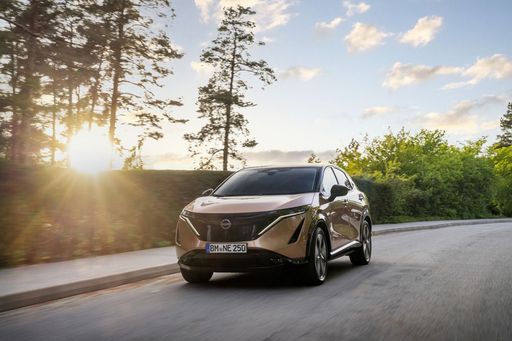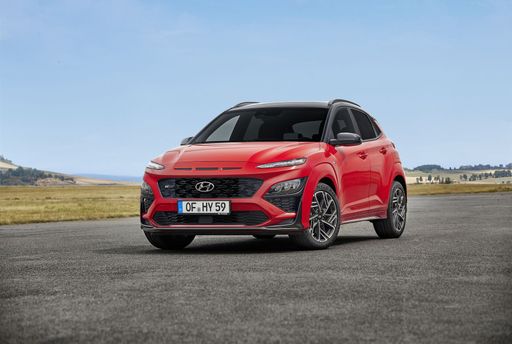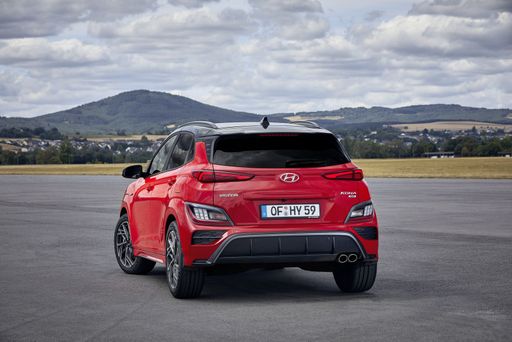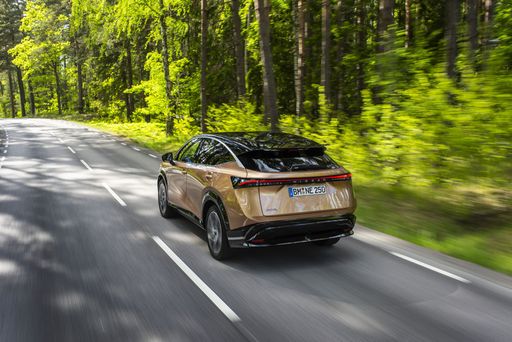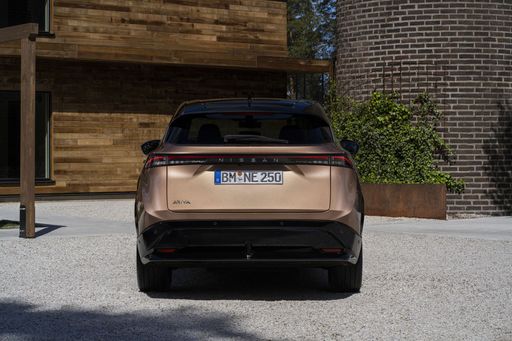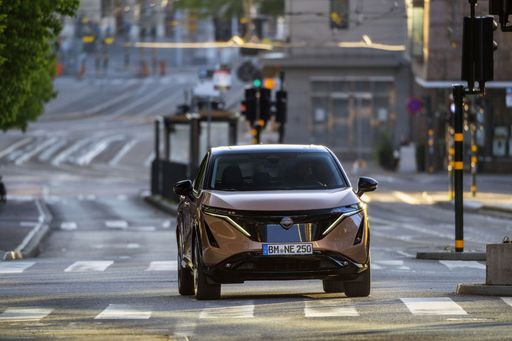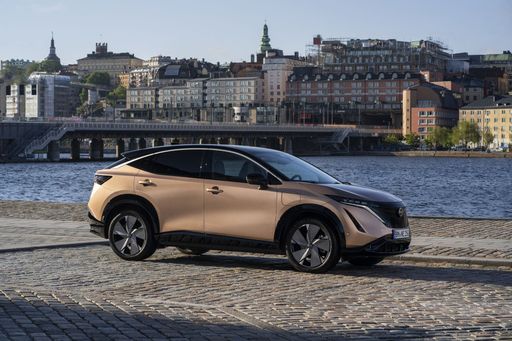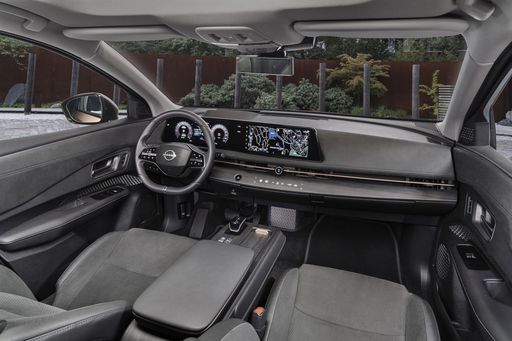The Electrifying Showdown: Hyundai Kona vs. Nissan Ariya
In the burgeoning electric SUV segment, two names have captured the attention of enthusiasts and everyday drivers alike: the Hyundai Kona and the Nissan Ariya. Each promises a blend of cutting-edge technology, sustainability, and practical appeal. As electric vehicles continue to gain traction, the Kona and the Ariya offer compelling choices for those ready to embrace a greener future. Let's delve into the specifics and see how these two models stack up against each other.

